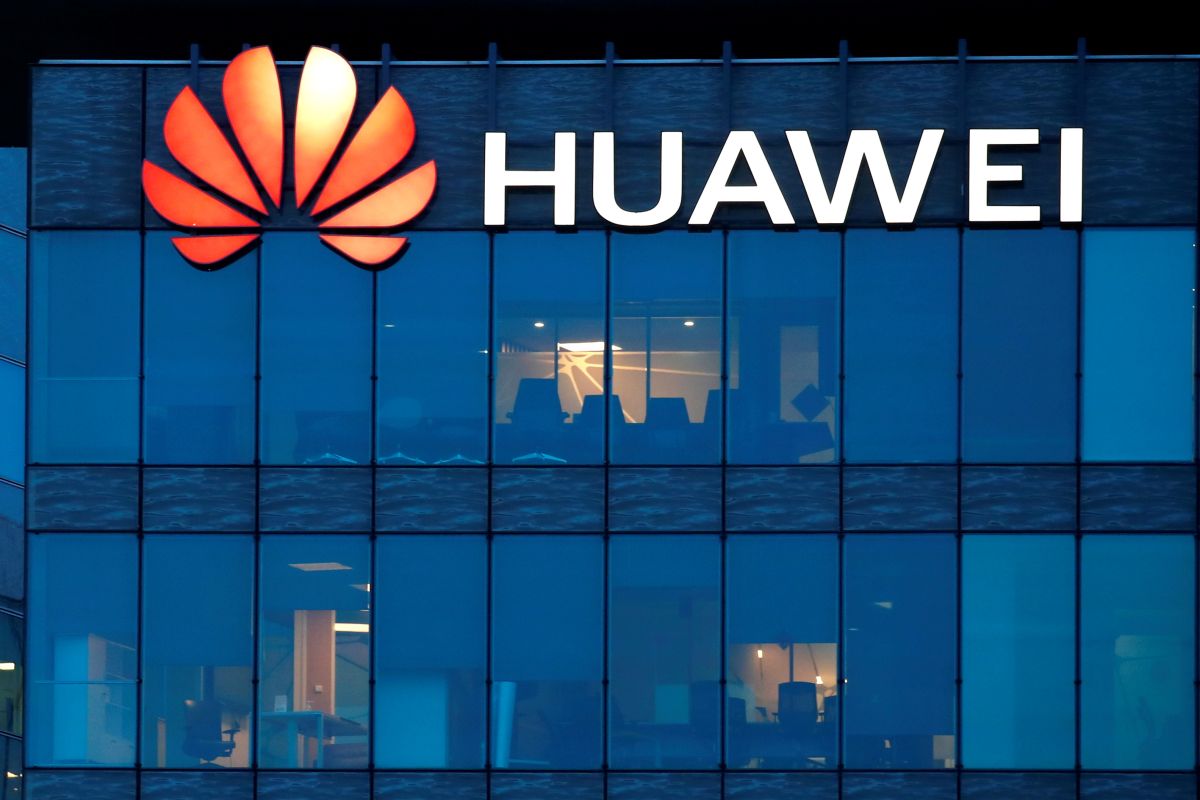The rollout of 5G services can unleash new economic opportunities and help India leapfrog the traditional barriers to development, while boosting innovation by startups and businesses, the Economic Survey said.
The massive wave of digitisation, rising penetration of smartphones, and technology adoption have opened the doors for both traditional and new-age sectors, observed the Economic Survey 2022-23, which was tabled in Parliament on Tuesday.
“The rollout of 5G services can unleash new economic opportunities and help the country leapfrog the traditional barriers to development, spur innovations by startups and business enterprises, and advance the ‘Digital India’ vision,” it said.
The journey is “far from complete and a lot remains to be accomplished to realise our true potential”.
The survey made a mention of the interstate disparity in teledensity, where rural areas trailed urban locations in the telecom penetration, but added in the same breath that the catch-up by the rural areas is “heartening”.
It underlined that year-on-year change in internet subscribers is greater in rural (for the majority of the states) than in urban areas.
On the next-generation connectivity services, it said 5G could impact consumers directly through higher data transfer speeds and lower latency, and noted its use cases developed by telcos and startups in education, health, worker safety, smart agriculture are now being deployed across the country.
Telecom reforms and clear policy direction led to the spectrum auction of 2022 garnering the highest-ever bids, the survey observed.
As a major reform measure, the Indian Telegraph Right of Way (Amendment) Rules, 2022, will facilitate faster and easier deployment of telegraph infrastructure to enable speedy 5G rollout.
“The government has brought in procedural reforms in wireless licensing, including delicensing of various frequency bands to promote innovation, manufacturing and export,” it said.
The survey mentioned how the country had come a long way from the days when a telephone connection was seen as a luxury to now where a majority have a mobile connection.
The survey attributed this to a cumulative effort of telecom players who widened their network bandwidth, the government’s enabling environment and consumers’ outreach for smartphones.
As of November 2022, the total telephone subscriber base in India stood at 117 crore. While more than 97 percent of the total subscribers are connected wirelessly (114.3 crore at the end of November 2022), 83.7 crore have internet connections as of June 2022.
The overall tele-density in India stood at 84.8 percent, with wide differences across states. It ranged from 55.4 percent in Bihar to 270.6 percent in Delhi. Eight licence service areas, namely, Delhi, Mumbai, Kolkata, Himachal Pradesh, Kerala, Punjab, Tamil Nadu, and Karnataka had a tele-density of above 100 percent.
“Apart from the interstate disparity in tele-density, in rural areas the tele-density continues to be at much lower levels compared to urban areas. However, the catch-up by the rural areas is heartening as the year-on-year change in internet subscribers is greater in rural (for the majority of the states) than in urban areas,” it said.
Telecom services provided a cushion to the rural economy during the initial phase of the COVID-19 when many went back to rural India for their livelihood.
“The digital infrastructure created over the years ensured not just the continuous transmission of information but also added economic value when businesses went digital,” it said.
During the challenging times of the pandemic, the telecommunication sector continued to provide seamless connectivity for the smooth functioning of critical activities and services remotely. This was supported by the significant increase in affordable smartphones, which became more than a communication device.
“It emerged as the key enabler of Digital India initiative with various new services and applications like digital payments, e-governance, e-commerce, e-health, and e-education. Acting as the backbone, these services have boosted the overall economic growth of the country,” the Economic Survey observed.
Service delivery through digital tools has come a long way, it said adding, before 2014, access to digital services was perceived as a prerogative of urban households.
“We have added more internet subscribers in rural areas in the last 3 years (2019-21) than in their urban counterparts (95.76 million vis-a-vis 92.81 million in rural and urban areas respectively). This has been a result of dedicated digital drives across rural areas through ambitious government schemes…,” it said.
The survey cited flagship BharatNet Project Scheme, Telecom Development Plan, Aspirational District Scheme, initiatives in North-Eastern Region through Comprehensive Telecom Development Plan (CTDP) and initiatives towards areas affected by Left Wing Extremism (LWE) in this regard.
The survey highlighted that digital growth in rural India was the major shock absorber during the COVID-19 pandemic when both businesses and consumer demand were impacted.
“As schooling went online for a considerable period even post pandemic, the increase in internet subscriptions in rural areas helped mitigate learning loss significantly. This even facilitated the successful rollout of mass vaccination in rural areas,” it said.
The 200 percent increase in rural internet subscriptions between 2015 and 2021 as compared to 158 percent in urban areas, reflects the increased government push to bring rural and urban digital connectivity to the same level.
Government schemes like Production Linked Incentive (PLI) for telecom and networking products will promote domestic mobile manufacturing as well as network installation.
Continuous proliferation of measures such as Bharat Net Project will continue to improve accessibility, affordability, connectivity, and inclusivity pan-India, it said.
Affiliate links may be automatically generated – see our ethics statement for details.

